The mountain pine originates from the mountain ranges of Central Europe. The species itself is very variable and botanists have sub-divided it into a series of sub-species and varieties
Pinus mugo, known as bog pine, creeping pine, dwarf mountain pine, mugo pine, mountain pine, scrub mountain pine, or Swiss mountain pine is usually found from 1,000 – 2,200 m, occasionally as low as 200 m. It is a species of conifer, native to high elevation habitats across southern Europe.
A low, shrubby, often multi-stemmed plant, usually 3 – 6 m tall but can grow to 15m given the right environment. It has dark green foliage, not always quite straight and with symmetrical cones.
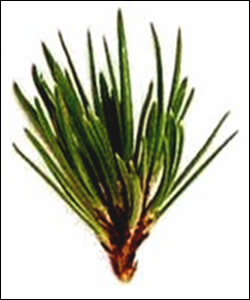

Pinus mugo is very tough and is able to withstand the harshest of conditions. They have evolved to withstand extremely cold winter temperatures and hot, dry summer conditions. In favourable conditions, they will form dense bushy shrubs or small trees but given a poor situation they form scrubby, semi-prostrate twisted trees.
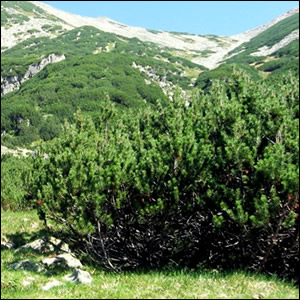
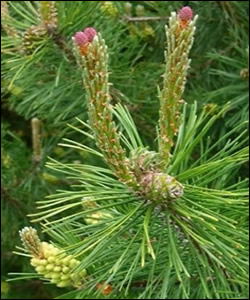
The main features that distinguish the mountain pine from the more familiar Scots pine (Pinus sylvestris) are the resinous buds and the shiny-green to purplish bark on young wood. Pinus mugo produce paired needles, 2 - 5cm long that are dark-green and slightly twisted. Cones start as violet-coloured flowers that grow in large numbers along new shoots.
Pinus mugo has a poor reputation as a bonsai, but with the correct techniques, Mugo are easy to cultivate and style. They are easily available at garden centres and nurseries compared to most pine species. It is recommended that the basic Mugo pine is used. Mugo varieties tend to be weaker and unresponsive in comparison. Look for ordinary landscape pines rather than the miniature rock-garden varieties such as Pinus mugo 'Mops' and 'Valley Cushion'; they are known to be particularly difficult for bonsai cultivation.
The bark of older pine trees becomes scaly or flaky. Pines can grow in many different shapes in nature and can therefore be shaped in almost every known bonsai style.
Mugo pine care as bonsai
Mugos need plenty of light and water to achieve their full potential; however they must also have a fast draining soil so that their roots do not sit in water. For maximum health and vigour, feed mugos with slow release fertiliser from spring through to late summer.
- We do not usually comment within individual species upon repotting but mugo pines have a reputation for reacting badly to repotting and root pruning. It is not unusual to hear of mugos becoming weak and dying after a spring repotting, unlike the timing for the Japanese Black pine which is normally repotted as they come into active growth (the candles have extended and the new needles can be seen held tight against the candle).
- Mugo pines react far better to summer repotting. They appear to be one of a few tree species that actually prefer repotting and root pruning during the growing season.
- The ideal repotting time would seem to be after the first flush of growth has extended and is cut back and before the end of the summer; this equates to July and August in most northern climates.
- With a healthy mugo, all of any old, poor draining soil can be removed by hand but do not wash the roots. This allows new, fast draining soil to be introduced around the root ball without removing the natural mycorrhizae attached to the roots. If you have any doubts as to the strength of the tree, only remove 50% of any old compacted soil that is found, removing the remainder in the next repotting.
- It is not necessary to prune any of the foliage of the pine after root pruning. The waxy needles of a pine require relatively little moisture uptake from the roots; there is no need to try and reduce transpiration through the removal of above-ground growth. The more foliage the tree has after root pruning, the more strength it will have to repair and regenerate the root mass. The tree will 'balance' the roots and foliage itself.
- After repotting during the summer, if temperatures are above an average, keep the tree out of direct sun for a couple of weeks and lightly mist the foliage a couple of times a day.
- Be wary of reducing a nursery pine's top growth by more than 50% in one go. Reduce the height of the trunk and foliage slowly in comparison to deciduous and other pine species.
- Immature but established pines can be worked much harder and it is possible to get away with less time for recovery but it is important to respect that all pines must always be worked slowly.
Bud Selection and Pruning
As with other pine species, the number of buds at any one point on a branch is always reduced to two so that the branch forks into two sub-branches. Remove excess buds as and when they appear.
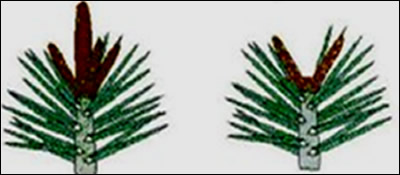
Bud selection on a Mugo Pine is required in early spring and during the summer after the first flush of growth is cut back.


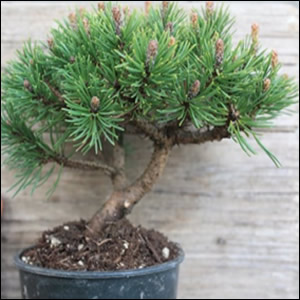
Purchased from a nursery and after first exploratory shaping

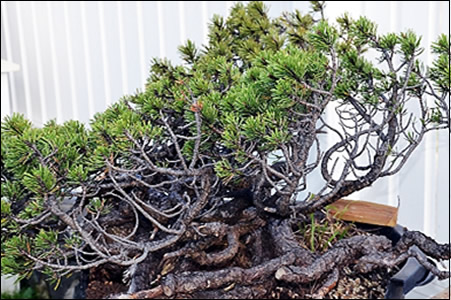
A large collected hedging tree with potential for training

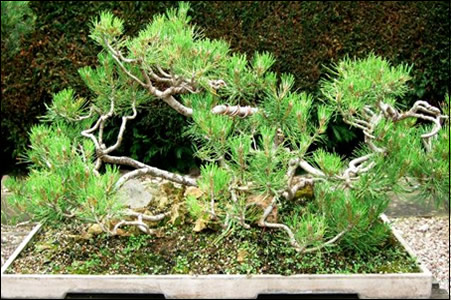
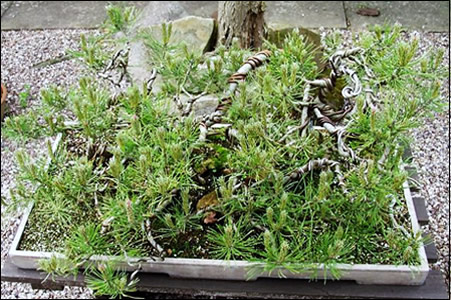
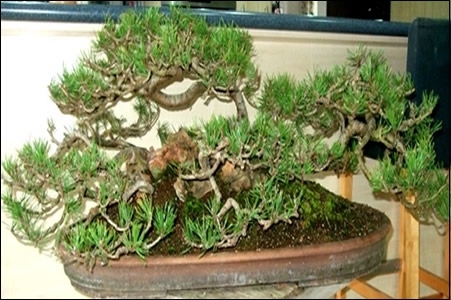
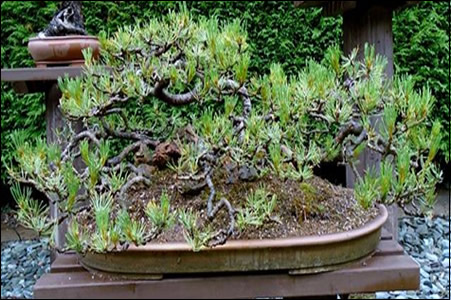
Four stages in the development of a mugo pine clump style. Originally from a garden rockery 10 years ago. Next three show progress to the present. Now in a more suitable pot and needing refinement of pads and a better apex. Never in that time has it had any root pruning, just a change of pot and minor additions or removal of soil.

Below are various levels in quality of tree right up to top exhibition standard


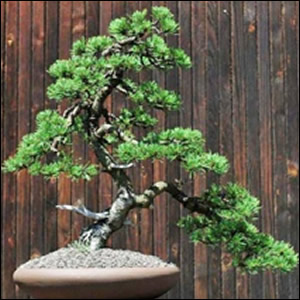
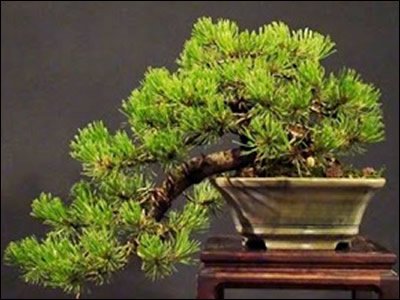
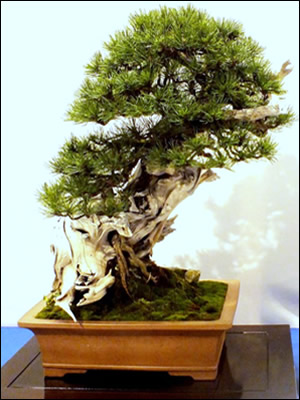
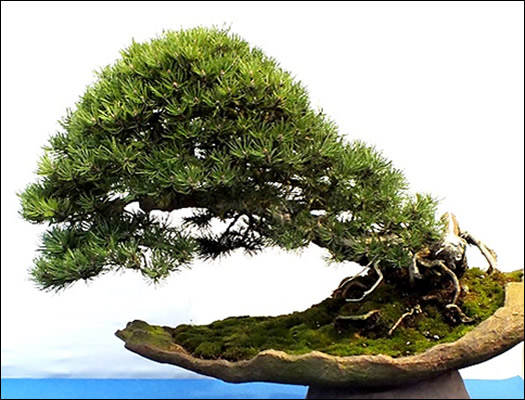
Web design: nysys